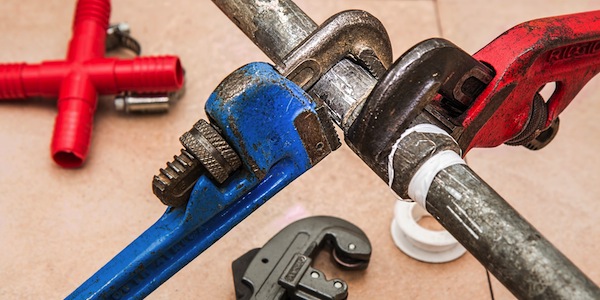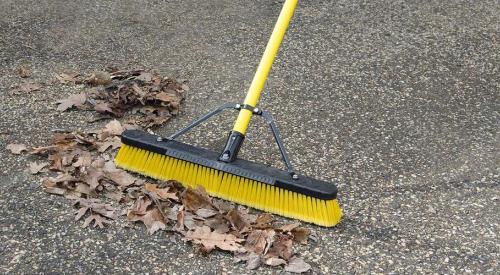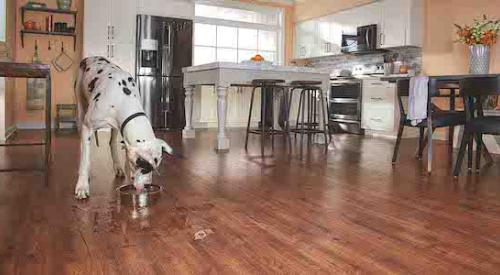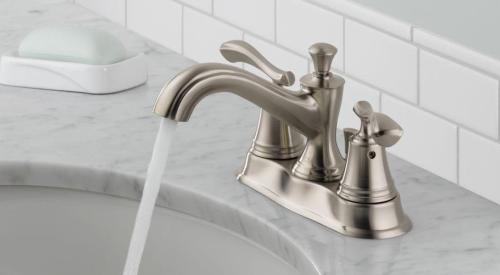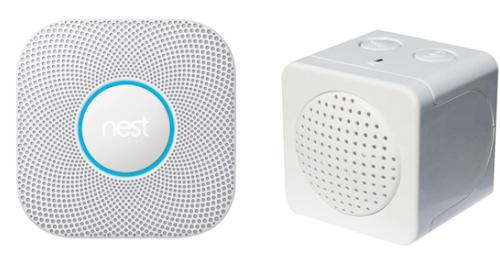Water damage is the most frequently filed insurance claim for homeowners, according to the American Insurance Association. Leaky plumbing accounts for the majority of the issues, and while it seems small when it starts, it can cause serious damage to the structure and the finish of homes. Since they use a lot of water, the bathroom and kitchen are among the areas in the home most prone to damage.
Emphasizing the importance of taking preventative measures will not only help homeowners avoid major repair costs, but it will also help their families avoid potential health hazards associated with mold. Remodelers can help clients repair and prevent potential damage to their kitchens and bathrooms with these simple steps:
1. Look for signs of leaks or damage: Provide homeowners ways to spot peaks in water usage, such as checking their water meter. The Environmental Protection Agency suggests checking the water meter for a two-hour period when water is not in use. If the meter does not read the same before and after, there is probably a leak.
In the kitchen and bathrooms, educate homeowners on interior signs of water damage by looking for any noticeable changes on the floors, walls or under the vanities. Physical signs like floors buckling, paint chipping or water spots are a few examples of detection. Check water lines and shut-off valves at the sinks, tubs and toilets and ensure there are no cracks or any type of corrosion. Installing water detection devices near sinks, dishwashers and toilets will detect low moisture levels or unseen slow leaks, while also helping to prevent extensive damage and potential mold growth.
2. Check for moisture behind the walls: If a leak is suspected, and there aren’t any immediately visible signs of damage, take steps to detect water damage in the walls. Noninvasive tools will help reveal water-related damage hidden behind the walls without having to tear them down. Start with a moisture meter like the General Tools Non-Invasive Digital Moisture Meter. These measure whether walls and other surfaces have the right level of dryness.
To inspect damage more extensively, use an inspection camera like the RIDGID Micro Inspection Camera to find damage that may be hidden behind the walls and flooring. It uses an aluminum camera head, imager cable and a LCD screen to check behind the wall. This is slightly more invasive than the moisture meter, but it will enable you to do a quick visual check without having to tear out the drywall.
3. Upgrade and seal faucets and fixtures: Old faucets, fixtures and pipes are common sources of leaks and provide a great opportunity to expand your scope of work by helping clients upgrade to modern, safe and efficient products to prevent major damage. Discuss the benefits of updating toilets, showerheads, faucets and additional bathroom accessories to WaterSense-certified products. Installing these products can reduce water usage up to 20 percent. Touchless technology like the Delta Allentown Kitchen Faucet not only resist water spots, fingerprints and stains, but also decrease excessive running of water and increase savings on water bills by shutting off automatically after four minutes.

4. Turn repairs into renovations: If repairs are needed, take the opportunity to turn isolated projects into opportunities for more comprehensive upgrades to the kitchen and bathroom. Incorporating and bundling these upgrades will be more efficient for clients and turn them into larger, more profitable projects. If drywall in the bathroom needs to be replaced, recommend new tile and paint options to create a modern look. If cabinetry or plumbing is damaged in the kitchen, make recommendations for a more extensive renovation to provide a cohesive look with countertops and new appliances.
